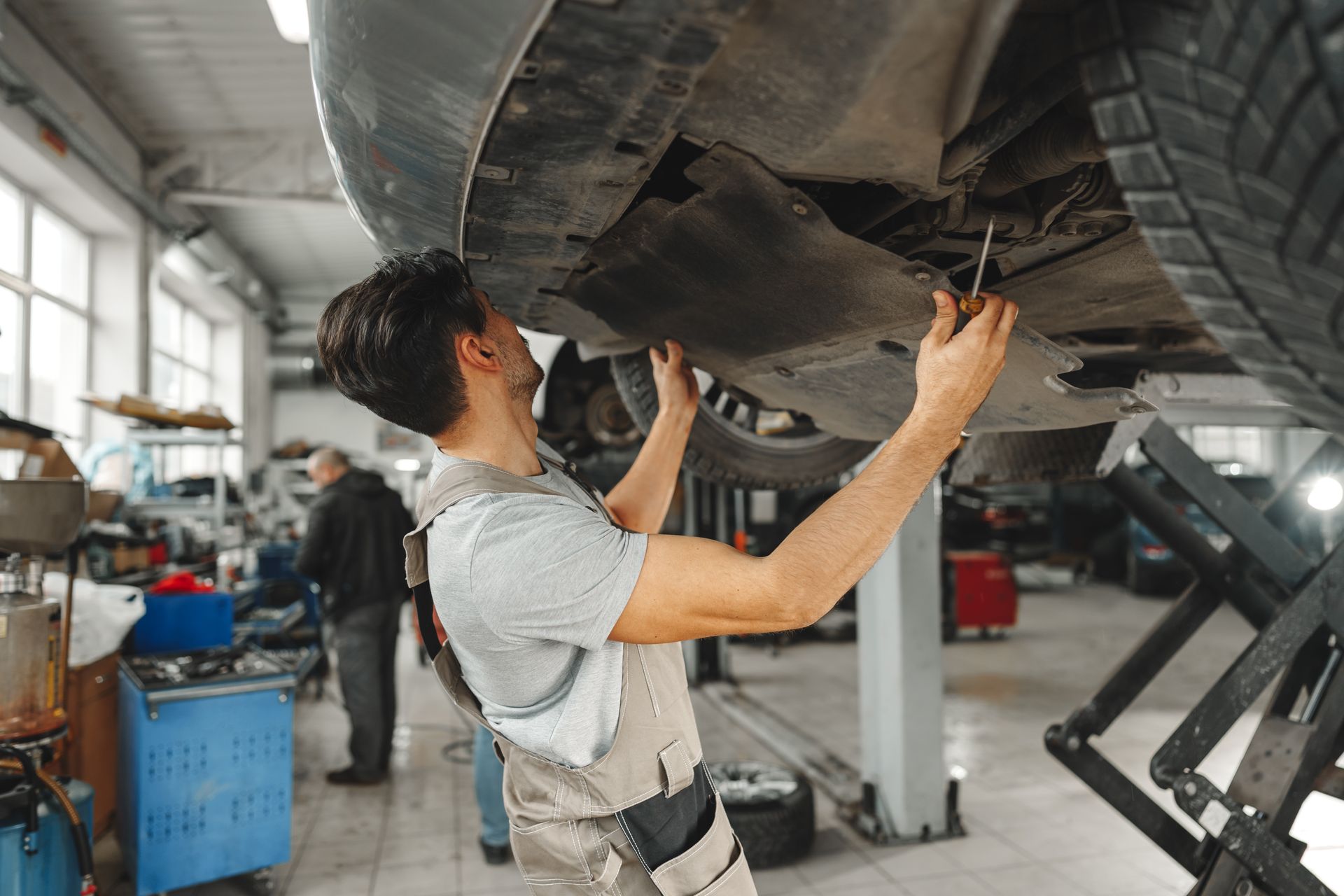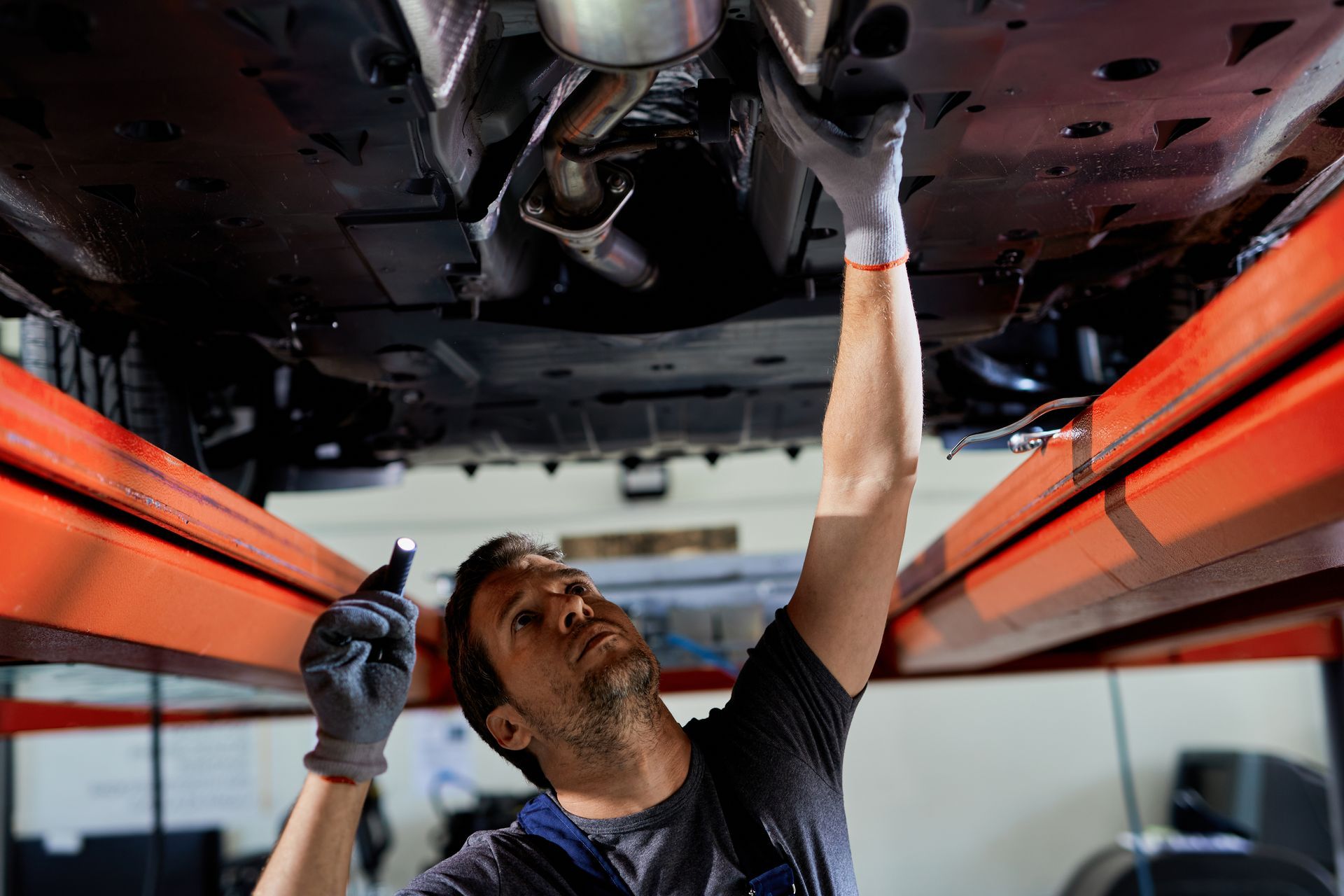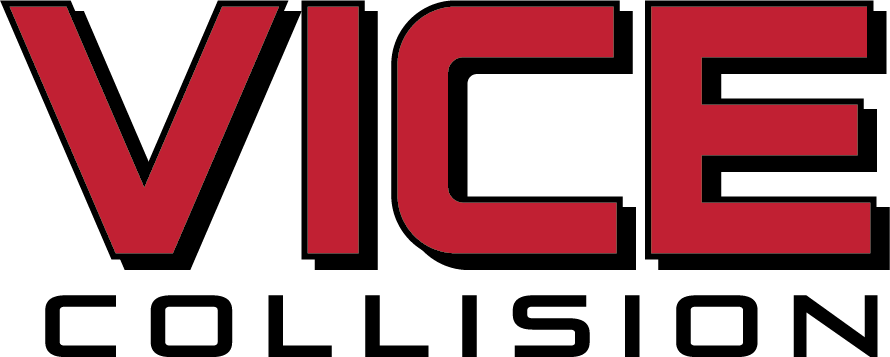What Happens if Hidden Damage Is Found After Repairs Begin?
Not all damage is visible after a collision.
Here’s what hidden damage means for your repair, your insurance claim, and how VICE keeps the process on track.
After an accident, a repair estimate is usually based on what’s visible. But once the repair shop begins taking your car apart, it’s common to find more damage underneath the surface. This is known as hidden damage.
Hidden damage can change your repair plan, affect your insurance claim, and sometimes extend your timeline. At VICE, we help clients and attorneys handle these surprises by uncovering issues early and communicating clearly.

How VICE Manages the Process
At VICE, we focus on minimizing delays by handling hidden damage proactively.
Here’s how we help:
- Early Disassembly: We fully disassemble vehicles up front to reveal hidden issues right away.
- Detailed Estimates: Our estimates cover the full scope of damage, reducing back-and-forth with insurers.
- Direct Communication: We work with insurance companies and attorneys directly, pushing approvals forward quickly.
- Fast Supplements: When supplements are needed, we submit them immediately and follow up to keep the process moving.

Insurance and Hidden Damage
Most insurance policies cover hidden damage once it’s proven necessary for safe repairs. However, some insurers may push for cheaper parts or delay approvals.
VICE fights to secure OEM parts whenever possible, making sure the repair meets both safety standards and client expectations—not just the insurance company’s bottom line.
Hidden damage can feel like a setback, but it’s actually a safeguard. By identifying it early, you protect your car’s safety, value, and performance.
At VICE, we make sure hidden damage doesn’t derail your claim. We uncover problems quickly, handle insurance approvals, and keep both clients and attorneys updated every step of the way.




